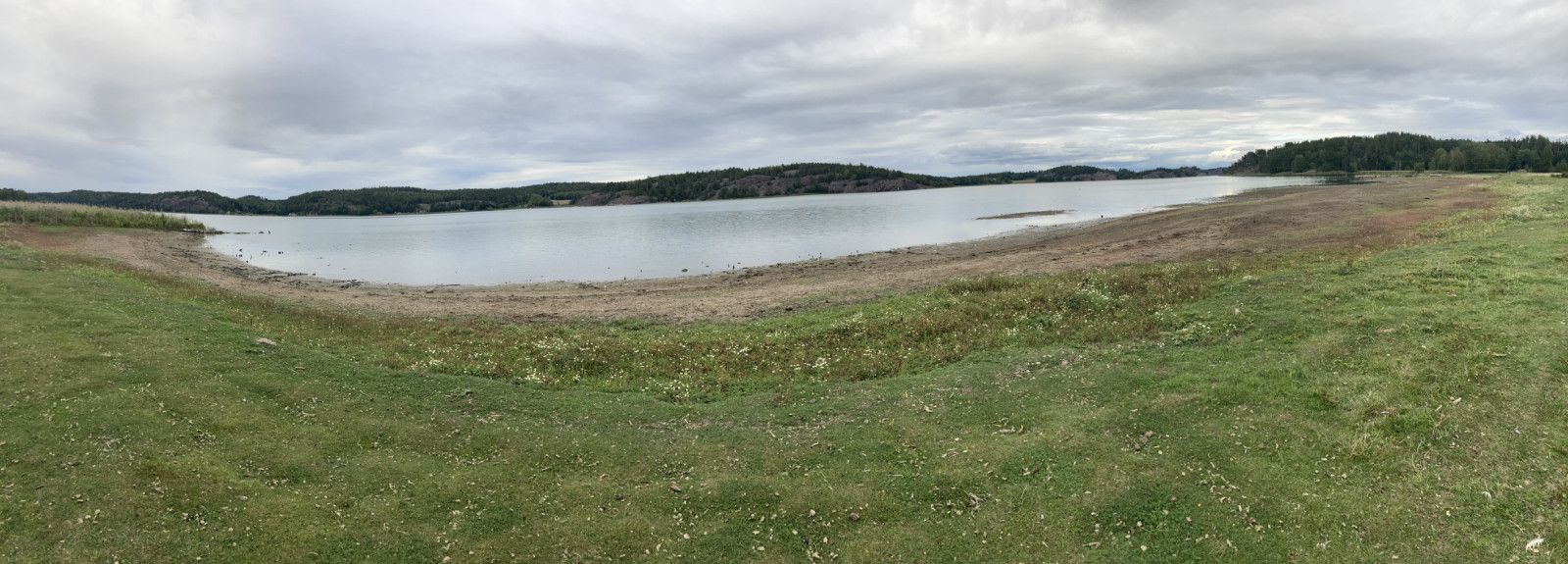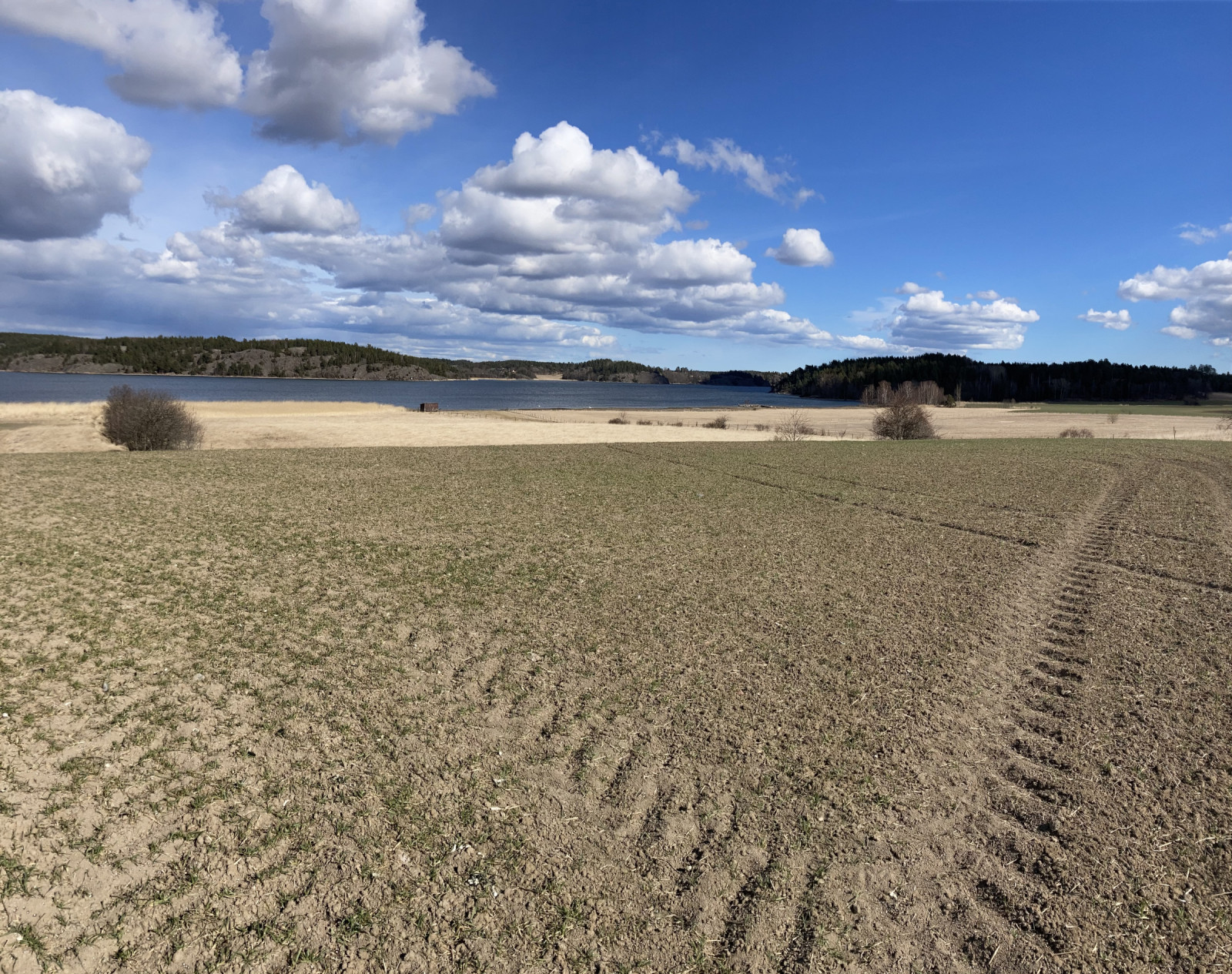Description
The birds start to arrive at Killingholmen in February when the ice starts to loose its grip on the coastal waters. Then ducks start to rest in the shallow parts of the bay; Troldand (at most 100) and around 1000 Stor Skallesluger can be found. Also the rarer winter ducks like Krikand, Taffeland, Lille Skallesluger, Bjergand and Toppet Skallesluger. A few hundred geese and around 100 Sangsvane feed on the areas fields and coastal meadows around march. In March the other early spring birds also arrive; Sanglærke, Ringdue, Stær and Vibe. In spring you can find Skægmejse in the reed beds.
Year round Spurvehøg, Havørn and Musvåge are the common predatory birds. But Kongeørn, Blå Kærhøg and Rød Glente pass by the area. Most common passerine birds arrive in March/April. Slätbaken is a stopping point for passerine birds, which makes it common to find uncommonly early Hedelærke and Misteldrossel.
From late February and in March the owls in the area can be heard calling. Natugle Spurveugle and Stor hornugle are sometimes heard. In March more geese start to arrive and not only the common Canadagås and Grågås. Also Blisgås (at most 67) and Bramgås (at most 100). Sædgås, Tundrasædgås and Kortnæbbet Gås are sometimes found. Also Pibesvane has been observed.
On the coastal meadows large amounts of passerine bird start to rest in the end of March and in April. Engpiber, Hvid Vipstjert, Tornirisk are the most common. Among these Skærpiber is regularly seen. In the large grassy areas Mosehornugle can be found. On the coastal meadows Mudderklire, Svaleklire, Rødben, Pibeand, Knarand, Skeand, Tinksmed, Hjejle, Dobbeltbekkasin and Toppet Lappedykker. Most common dabbling ducks are found but only Krikand is numerous (at most 70). At the Torpa damm Atlingand and Spidsand have been seen, along with smaller amounts of other ducks.
In april large amounts of thrushes move past the fields and coastal meadows. Hundreds of Sangdrossel, Vindrossel, Sjagger and Misteldrossel are seen. In the end of May and April most birds disappear, except for the breeders.
In May the latest passerine birds, and night active birds arrive. On the fields Hedehøg, Vandrefalk and Engsnarre are found. Sildemåge sometimes rest on the coastal meadows in May. Karmindompap often sings here. On the meadows Bramgås, Grågås, Canadagås, Knarand, Rødben, Vibe, Toppet Lappedykker, Troldand, Hvinand and Blishøne breed. In the area Lille Flagspætte, Rødrygget Tornskade, Krikand and Sangsvane breed. At Storåns river mouth you can observe Isfugl.
During autumn Hov strandängar becomes better for birding. From July the area is a good site for wading birds such as Vibe, Storspove, Stor Præstekrave, Lille Præstekrave, Mudderklire, Dobbeltbekkasin, Hjejle, Hvidklire, Rødben, Brushane, Tinksmed and Svaleklire. These are all common, while Dværgryle, Almindelig Ryle, Småspove, Temmincksryle and Krumnæbbet Ryle are more rare.
Other wetland birds are often found. Among the rarer birds Isfugl, Rovterne, Blåhals and Sølvhejre can be noted. Large amounts of gulls, geese and terns can be found, especially Grågås which some years have been found as numerous as 3000.
Large amounts of passerine birds are found in the meadow areas. The most numerous passerine birds are Stillits (250 at most), Landsvale (500 at most), Bynkefugl, Stenpikker, Stær (600 at most). Later in autumn Lille Lappedykker, Enkeltbekkasin, Bjergirisk, Nordisk Lappedykker, Lille Skallesluger and Bjergand are sometimes found.
Details
Access
Inre Slätbaken is located east of the town of Söderköping. Parking can be found around Hov and several other places. Click on a P in the map for directions to a parking spot.





